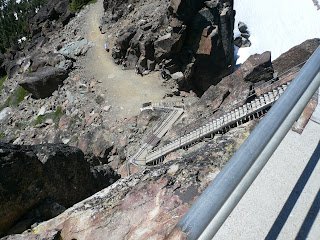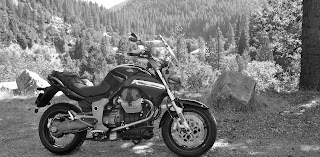We CAN’T fix poverty.
Unjustified response to reader’s comment
regarding the recent post “Lost” and
what educators can and cannot do.
THE CHURCH OF THE OPEN ROAD got that wrong. Educators CAN, indeed, fix poverty, or at least contribute greatly to the solution. Researchers and pundits long ago concluded that the more education an individual receives, the greater will be that individual’s lifetime earnings. Even in times as tough as these.
The nut that needs to be cracked is the cyclical nature of impoverishment. If we relate poverty back to school success or lack thereof, we need only examine the parent’s school experience in order to predict the degree to which the student might succeed.
- If the parent was disenfranchised as a student,
- if the parent was unsuccessful in school,
- if the parent struggled academically or socially,
- if the parent felt like an outcast – or worse, a prisoner – for the length of his or her school career,
- if the parent didn’t belong…
Breaking the cycle of academic failure most certainly means offering additional assistance to the student either through Individual Educational Plans, if the child is so qualified, or through assignment modifications, homework clubs or social interaction groups.
But disenfranchisement is a cultural thing that’s part of the family. Breaking the cycle of disenfranchisement takes something more. Something that goes beyond “treatment” aimed at the student.
Home is where, when you go there, they have to take you in.
From “The Death of a Hired Man”
Robert Frost, 1915
IN ORDER TO BREAK THE CYCLE of disenfranchisement, the school needs to become a place open to the parent - any parent - like a home. It needs to be a place where the parent feels safer than when he or she attended. It needs to be a place where the parent is shown respect, even if, initially, the parent cannot show respect in return. It needs to be a place where the parent belongs, where, when they go there, we have to take ‘em in. Gladly. Joyously.
How can schools embrace the disenfranchised mom or dad? We can:
- Call them on the phone to report something good. More than once.
- Invite them to visit the classroom any time.
- Invite their questions.
- Act, when possible, on their suggestions.
- Determine an interest that the parent holds – hobby, vocation or concern – and take a few moments to “chat them up” about it. Make sure they know that for you, it’s not always all about school.
- Find something in common to laugh about.
- Specifically and personally ask them to serve as a volunteer or committee member.
- Let them know that they are a resource you can’t be as successful without.
When disenfranchised parents know that the school is a non-threatening place, a place where it is safe to ask questions, volunteer answers, and take risks, the feeling will be conveyed to the child. After all, asking questions, volunteering answers and taking risks: Isn’t that what we expect of our brightest learners?
SCHOOLS CANNOT FIX THE POVERTY of the parental generation. But by embracing that generation, by welcoming them, we can break down the barriers that seemed to have thwarted their academic success. For the first time in their lives, we can make school a normal and safe place for them. A place where they belong.
When kids see that their folks are cool with school, they will be too. They’ll likely match their parent’s emotions and feel safe, attend more, do better academically and socially, and perhaps graduate. Those graduates will find many doors open to them that were closed to their parents: doors to better employment and doors to further education. No matter which door they choose, they will be suited for better economic opportunities.
The school – and you as the educator – will have contributed to “fixing poverty.”
NOTE: The post entitled "Lost" may be located at http://thechurchoftheopenroad.blogspot.com/2011/08/lost.html You'll need to be sure to check out the comments section to "get" context.
© 2011
Church of the Open Road Press















































